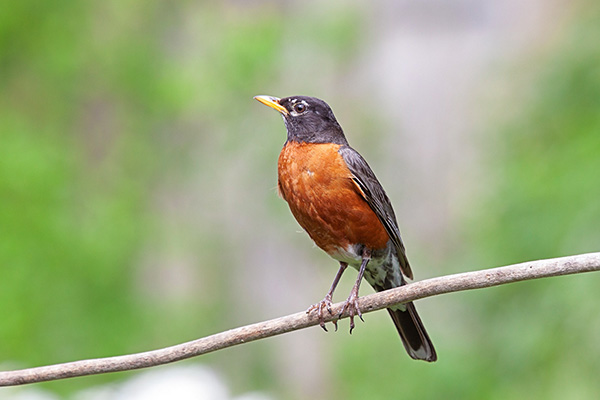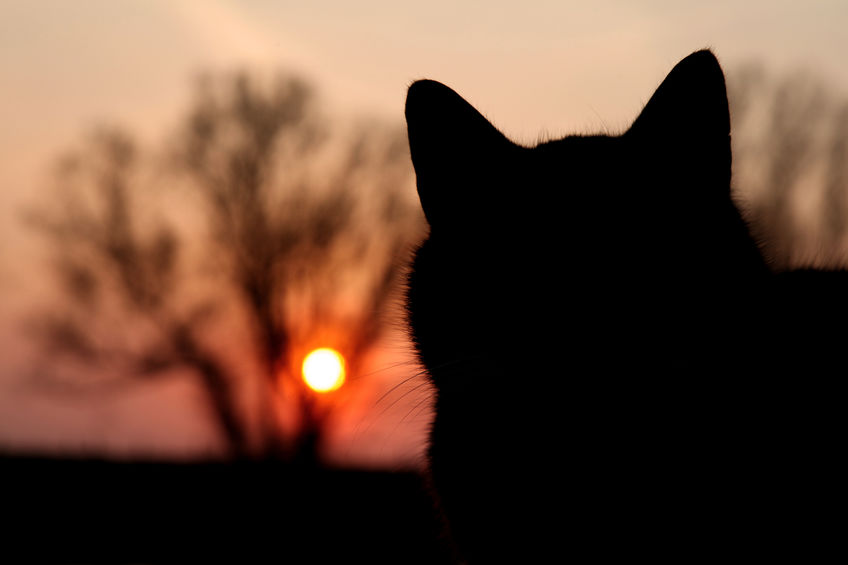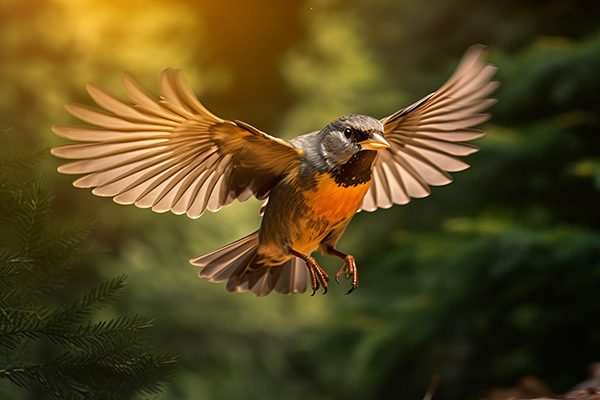nature
From Fictional Self To Authentic Self
 A new concept that seems to be going around a lot lately in the spiritual community is to be your ‘authentic self.’ But what does this really mean? How do you know who your authentic self is? Heck, you may say, “I’m still trying to find out what my life purpose is, never mind who I truly am!”
A new concept that seems to be going around a lot lately in the spiritual community is to be your ‘authentic self.’ But what does this really mean? How do you know who your authentic self is? Heck, you may say, “I’m still trying to find out what my life purpose is, never mind who I truly am!”
Well, as a result of our education, our upbringing, our family dynamics, our job, and such, when we are asked the question “who are you,” we resort to answers such as: a mom, a dad, engineer, doctor, janitor. We tend to express our identity by what work we do, what credentials we have, and what society or our community has told us to be. We are bombarded by social, political, environmental and family expectations that can overwhelm us in modern life.
On top of this, the world today seems to be in chaos. There is distrust everywhere, and we have to contend with challenges like identity theft and social peer pressure. Yet, we are now also expected to know our authentic self? “God, help me, I don’t have time to look for that! I have the kids to take care of, work deadlines to keep, dinner and laundry to do, and I urgently need to sign up for an exercise program to reduce my weight!”
It is never ending, you say. Your authentic self is somewhere, you just don’t know where and no time to find it. But that is just the point! All these things we are expected to do are there because of the pressure we put on ourselves. As we look through our colored lenses of self-inflicted expectations and the social pressure we have learned from family or peers, we lose touch with who we really are, and what we truly want.
How To Ground Your Energy
 ‘Grounding’ is a common term you are likely to encounter early in your spiritual awakening journey. If you are interested in energy work of any kind, grounding is a key technique to help you stay energetically balanced and enhance your metaphysical practice.
‘Grounding’ is a common term you are likely to encounter early in your spiritual awakening journey. If you are interested in energy work of any kind, grounding is a key technique to help you stay energetically balanced and enhance your metaphysical practice.
Essentially grounding is a type of meditation that is quick and very intentional. Through grounding we connect our own energy field or light body with the energy of the Earth. This balances our chakras by clearing out those energies that are no longer serve us. Connecting to the Earth’s energy in this way releases negative patterns, thoughts, emotions, and habits, to achieve a clearer, elevated state of consciousness.
To become more grounded, try this visualization exercise. Start by closing your eyes and focusing on your breathing. If you are used to meditation this will be very familiar, if not that is okay! Just be present with your breath and pay attention to your breathing as you inhale and exhale.
Count to three as you draw in your breath, and again as you exhale. Gradually slow the rhythm of your breathing down and just be present with the experience of the air moving in through your nose and into your chest. Feel your physical body around you as you breathe.
I like to focus on my heart chakra while I do this, but it is not necessary. I just find that as I breathe in and out, I like to feel the swell of air in my chest, as if is ‘hugging my heart.’
Reflections
 Sitting on the porch. Rocking. Yes, rocking in my willow rocking chair, surrounded by the smell of petrichor – that delightful odor the earth gifts us with when fresh rain is coming down after a long, dry spell. The aroma of the freshly hung chile ristras greets me in the Santa Fe, New Mexico tradition at this time of year, when the growing season is done and the picking of the season’s ripe offerings has begun. Richness abounds with the aromas of the petrichor and the strung pods of red chile blending in the softness of the evening breeze.
Sitting on the porch. Rocking. Yes, rocking in my willow rocking chair, surrounded by the smell of petrichor – that delightful odor the earth gifts us with when fresh rain is coming down after a long, dry spell. The aroma of the freshly hung chile ristras greets me in the Santa Fe, New Mexico tradition at this time of year, when the growing season is done and the picking of the season’s ripe offerings has begun. Richness abounds with the aromas of the petrichor and the strung pods of red chile blending in the softness of the evening breeze.
The automatic flood light and the blue laser lights have come on, as they do every day at dusk, to illuminate the waterfall in the garden, although it’s still a bit early for them to shine their brightest. Not quite dark enough yet, but soon it will be. I just fed my precious four-legged fur daughter her dinner. Now that my day is done and another week has gone by, I am contemplating whether or not I have done well this week.
Yes, I believe so! I have learned so much and have grasped many new concepts. I also renewed my awareness of some familiar concepts that were in need of repetition, so I could complete some hard earned lessons. And I found resolution to some newer viewpoints on old issues. Whew! I feel I’ve been turned wrong side out in just one week, only to realize it is the other way around. I was wrong-side-out before. Now I’m right-side-in, or more so at least.
I look up from my musings to see the lights. It is dark now and they’re shining brightly against the dark night sky. The lasers look like blue fireflies as they pinpoint their magical presence. The synchronicity feels deeply significant. At the end of another week, after much breaking down of old thought patterns, I see the flood light and laser lights reflecting the realization that I am different now than last week, or at any time before.
The Robin Outside My Window
 Birdwatching has become a favorite pastime for me over the last year or two. This morning, I noticed a robin building a nest on one of the air conditioning units on a neighbor’s deck, directly opposite my window.
Birdwatching has become a favorite pastime for me over the last year or two. This morning, I noticed a robin building a nest on one of the air conditioning units on a neighbor’s deck, directly opposite my window.
I was overjoyed! We’ve had very dry weather here in my state since mid-spring, causing robins to struggle finding nesting materials.
Some years ago, I found a newborn chick on a sidewalk while out for a walk. I could not tell for sure what species of bird it was, but it looked like it might be an American robin. I found no nest nearby to put it back into and had no idea what to do with it, but take it home. Sadly, it did not survive.
Since then, I’ve had some ‘robin guilt’ and wished I could have done more to save it. I suspect this stems from another robin incident, when I was growing up. Back then I also tried to care for older fledglings that ultimately didn’t make it. Should I have let nature take its course, instead of trying to take things into my own hands?
Last fall, after the breeding season ended, I purchased some mealworms and placed them by the forested ridge at the end of the complex where I live. The hungry robins were very appreciative, especially after the first frost. It warmed my heart! I plan to continue helping the robins around my apartment complex as the drought continues.
The deeper truth is that robins always remind me of my father. The Latin name for the American robin is turdus migratorius, because it is a migratory songbird that is free-roaming and very sensitive to environmental conditions. However, because they are highly adaptable, their migratory habits tend to be sporadic, even random.
Making Peace With Nature’s Plan
 Nature’s plan is perfect, whether we understand it, or not. I have been distraught by this much of my life. I have also over-thought it at times, especially when I see animals suffering in nature, or the damage sometimes done to fauna and flora by raging wildfires, floods, and other natural forces.
Nature’s plan is perfect, whether we understand it, or not. I have been distraught by this much of my life. I have also over-thought it at times, especially when I see animals suffering in nature, or the damage sometimes done to fauna and flora by raging wildfires, floods, and other natural forces.
I often ask myself what the lesson is in all of this for me? Why am I sometimes so profoundly upset by the way nature take its natural course? Apart from humanity’s awful neglect, exploitation and abuse of animals and natural resources, I have often also questioned nature itself, and how animals can be so cruel in their treatment of one another – and not always just for the sake of survival.
I have looked into the subject for some kind of resolution or understanding as to why nature is designed this way. The teachings of Emmanuel, as channeled by Pat Rhodegast, insist that nature’s plan is perfect and that each creature chose the role of predator or victim for the experience it would bring them in their own evolution process.
The Amazing Afterlife of Animals by Karen Anderson suggests that an animal will never depart this world before its their time to go, and that when it is their time to leave, they often prefer to be alone. They wander off and find a secluded place to end their lifespan naturally. They may even be chased away by other members of the herd, or other family pets. This is nature’s way.
This was the case in my home very recently. Ten days prior to my youngest cat, Prince, becoming really ill, my smallest female cat, who never liked Prince, was marking her territory and trying to keep him away from her food. She was hissing at him and tried to chase him out of the house.
Spring Is A Time For Personal Renewal
 With the recent equinox in the Northern Hemisphere, the spring season is returning once again, bringing with it a renewed sense of energy and optimism. The longer days, warmer weather, chirping robins, and budding blossoms beckon us to start afresh and make some positive life changes.
With the recent equinox in the Northern Hemisphere, the spring season is returning once again, bringing with it a renewed sense of energy and optimism. The longer days, warmer weather, chirping robins, and budding blossoms beckon us to start afresh and make some positive life changes.
As the seasons merge from cold to warm, it’s the perfect time to let go of some unwanted ‘winter habits’ and embrace some healthier lifestyle practices in the coming weeks.
One of the most uplifting ways to embrace the spirit of spring is to let go of things that no longer serve and support the best version of you. It’s a time to clear out the mental, emotional and physical ‘clutter’ and make space for new blessings to come our way.
Whether it’s a bad habit, a toxic relationship, or simply old possessions no longer needed, getting rid of what no longer serves us is always a liberating, empowering experience.
Releasing old energy and letting go of attachments can be challenging and complicated, but it is essential for our personal growth and well-being. We often hold onto things way too long out of fear, insecurity, or simply habit. It limits us from experiencing new and exciting opportunities. Life begins outside our comfort zone.
Think of it like cleaning out your closet. We all have clothes that no longer fit, are out of style, or we simply don’t wear anymore. Removing these items makes room for fashionable new items that better reflect who we are today that we will love to wear.
